
Cosmetic Eye Care
Not all eye care is strictly medical! Explore our Cosmetic articles for topics ranging from eye puffiness and makeup removal to injectables and different eye shapes.

Learn the benefits of wearing a sleeping eye mask to bed, plus the different eye mask types and what to look for before you buy.

Do you have eyes that look uneven? Find out what causes asymmetric eyes and check out our guide to treatments and makeup tips.

Dr. Charles Slonim answers frequently asked questions about Botox, including cost of Botox, side effects and how long it lasts.

Is it safe for your eyes? Here is complete info on possible Botox side effects and Botox cost.

False eyelashes can lead to an eye infection if they are not applied or stored properly, or if the wearer is allergic to their adhesive.

Learn about why we get crow’s feet as we age, treatments for crow’s feet and how to prevent these distinctive wrinkles by the eyes.

Cucumbers have a great reputation for soothing and taming puffy eyes. Learn what else cucumbers can and can’t do for the delicate skin around the eyes.
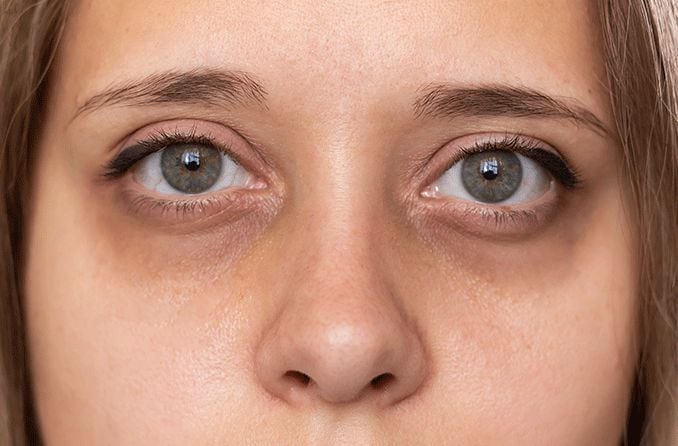
We often associate dark circles under the eyes with being tired or not getting enough sleep. This is true, but read more to learn other common causes.

Botox temporarily paralyzes the muscles closely surrounding the injection site, which can have negative side effects, including drooping eyelids.

An eyeball piercing refers to a surgically implanted piece of jewelry on the white part of your eye. It is not considered safe and it is not recommended.

Eyebrow piercing is a popular way to decorate the body, but certain complications can arise in this area. Learn how to best prevent complications and infections.
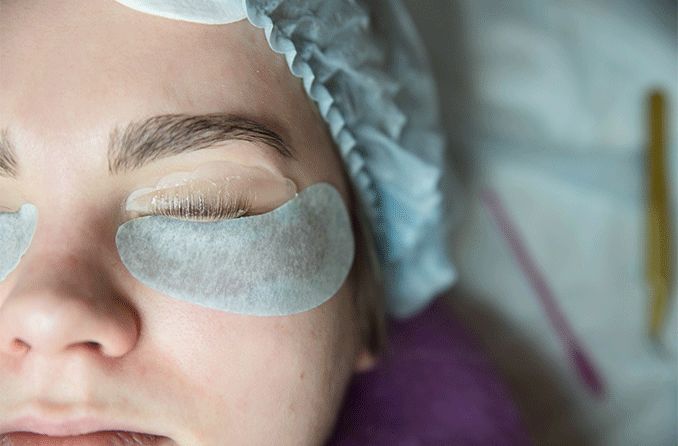
Eyelash lifts are like a perm for your lashes. They are more popular than ever and last about eight weeks. Know the risks and benefits of an eyelash lift.
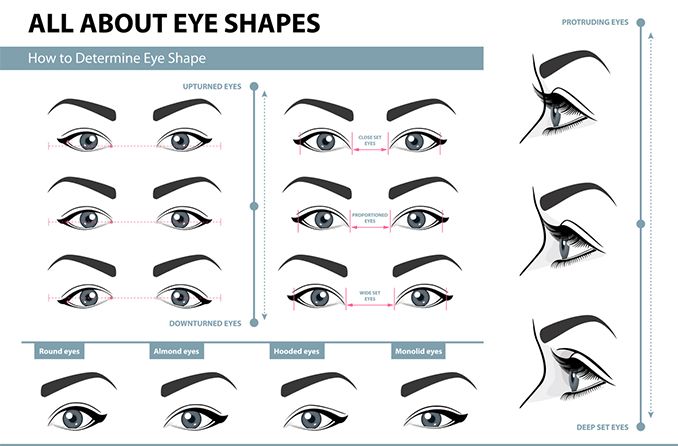
Learn the different eye shapes, celebrity examples of different eye shapes and get makeup tips to highlight your eye shape.
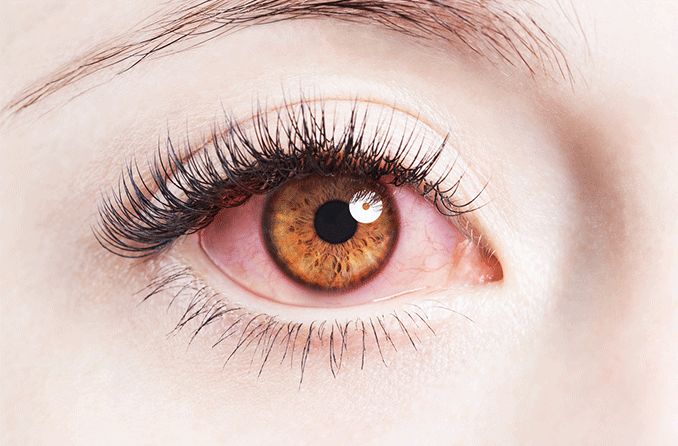
Eye makeup such as mascara, eyeliner and eye shadow can sometimes lead to eye infections. Learn how to prevent and treat an eye infection from makeup.

Find out what causes bags under the eyes, how you can get rid of them at home and the surgical options for removing eye bags.
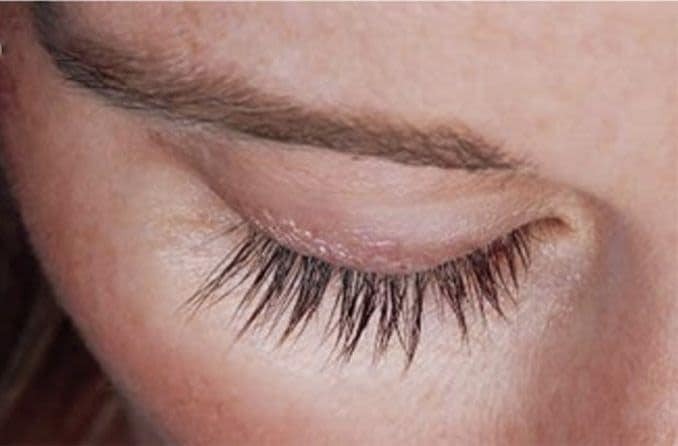
Learn more about Latisse eyelash serum, including its cost, overall safety, side effects and where you can buy the medication.
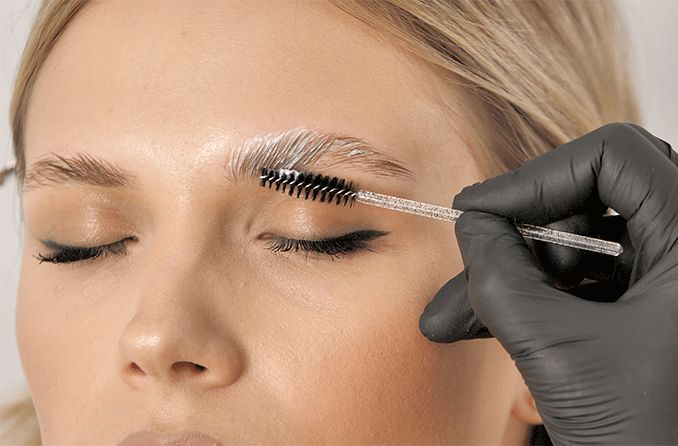
Are you thinking of getting the trendy eyebrow lamination procedure? Learn the pros, cons, cost and whether an

Face oil is generally safe to use around the eyes, but the product must be applied carefully so it does not make direct contact with the eyes.
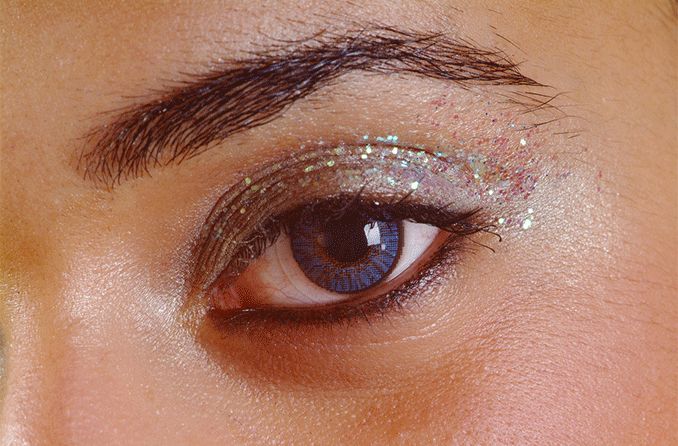
Although glitter makeup looks are popular for many occasions, it’s important to only use cosmetics that are designed for and labeled as safe to use around the eyes.
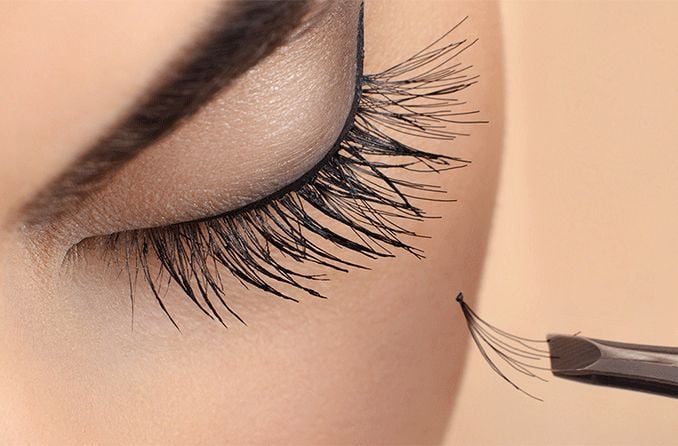
Helpful tips about eyelash extensions: how they are applied, how to care for them, removal, and the pros and cons of lash extensions.

Magnetic eyelashes are an easy way to lengthen your lashes without the irritating glue. Learn how they work and how to wear them safely.
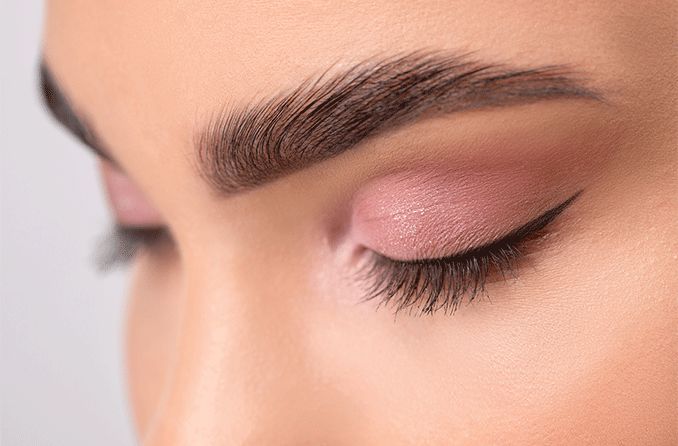
Check out this guide to microblading, including what it is, how much it costs, the pros and cons, and what to expect during and after the procedure.
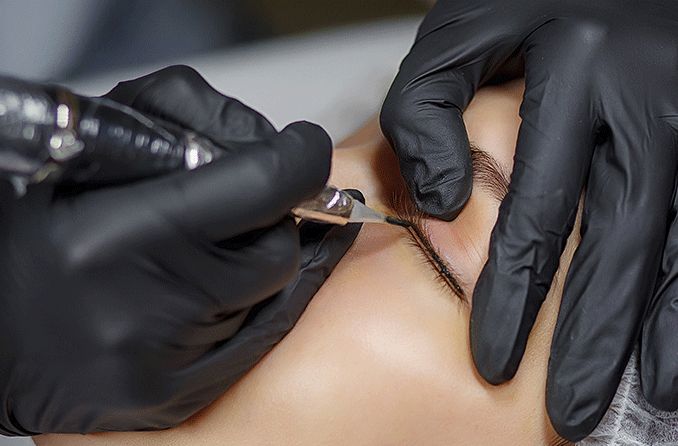
Learn about permanent and semi-permanent eyeliner tattoos, the pros and cons of this cosmetic procedure, and if it is right for you.
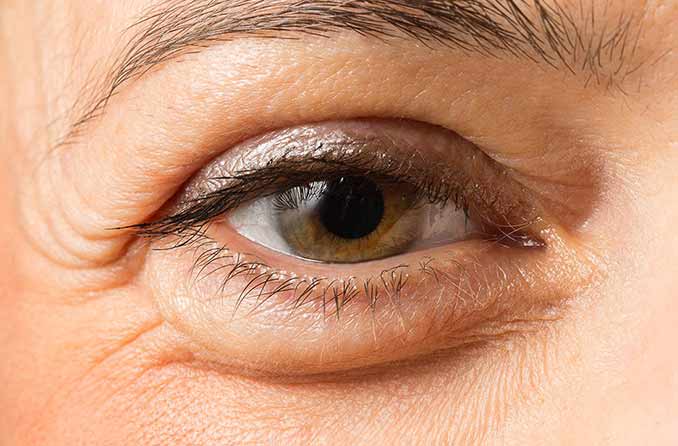
A look at the causes of puffy eyes and dark circles, and how to get rid of them.

Sanpaku comes from the Japanese language meaning “three whites” and refers to having additional white space visible above or below the iris.
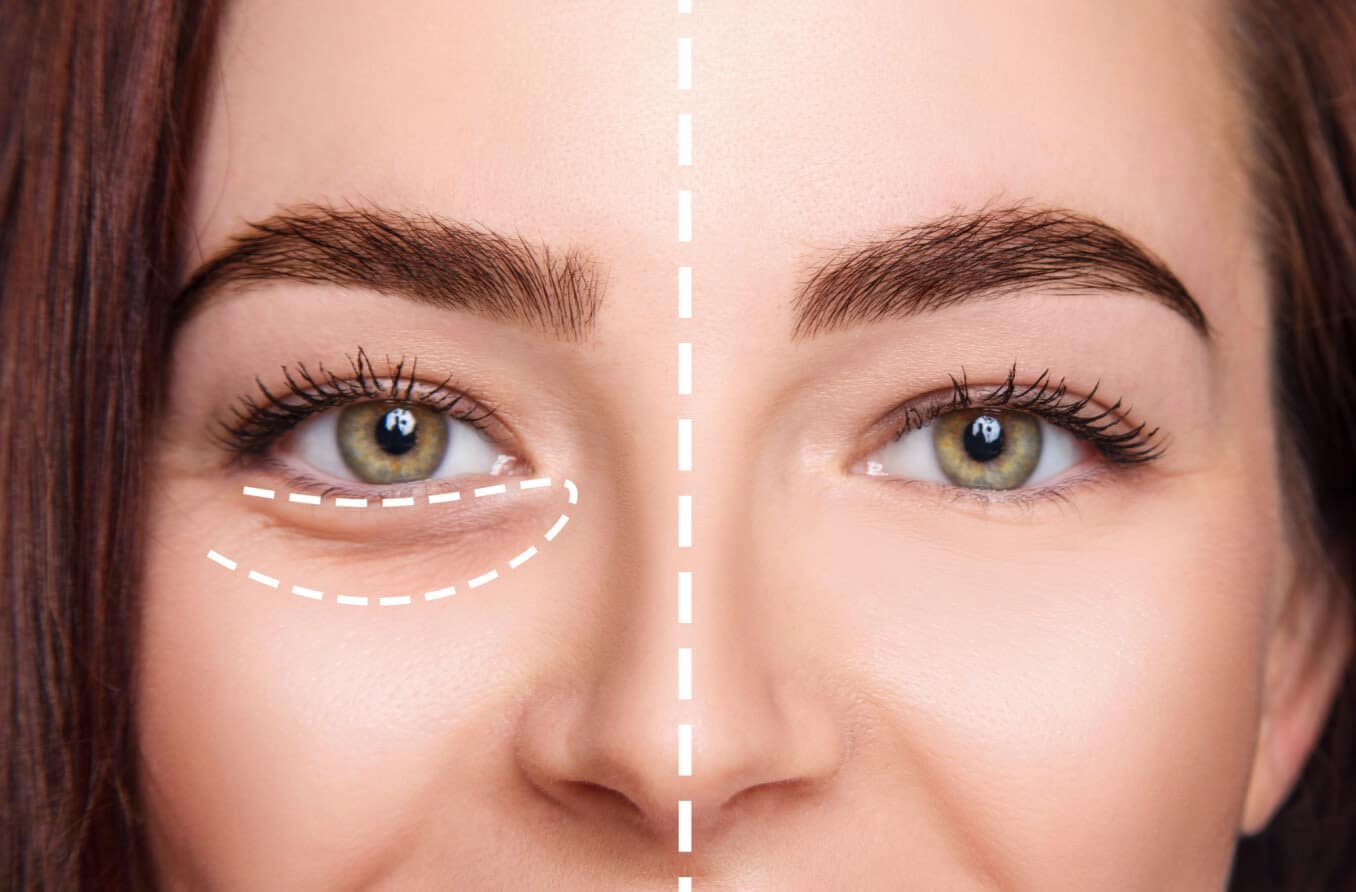
Tear trough fillers are injectables used to correct deep depressions or dark circles under the eyes in an area known as the tear trough.

Celebrate Pride Month by following these steps to create a stunning eye makeup look.

Learn why mascara irritates sensitive eyes, which mascara is the best for sensitive eyes and tips for avoiding irritation.

Learn about the different types of eye makeup and the techniques used to create popular looks, as well as the top eye makeup trends of 2024 and safety tips.
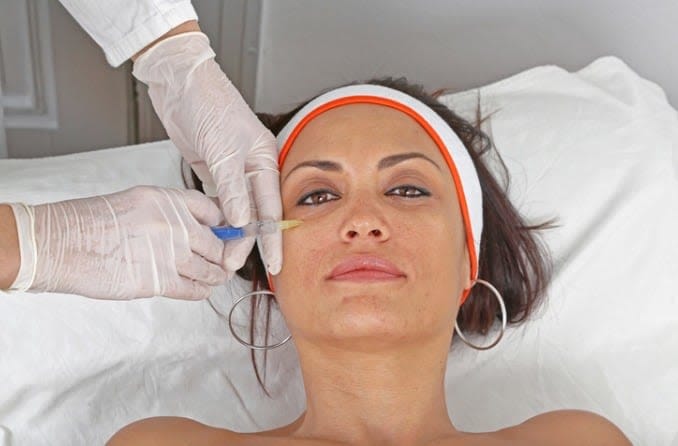
Read more to find out what you need to know if you’re considering under eye filler to address bags, dark circles or lines under your eyes.
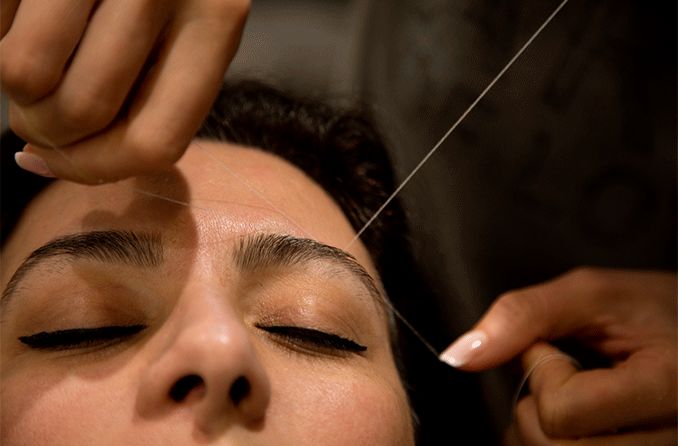
Eyebrow threading is a convenient way to remove unwanted hair from the eyebrows, but it can sometimes cause irritation and infection.
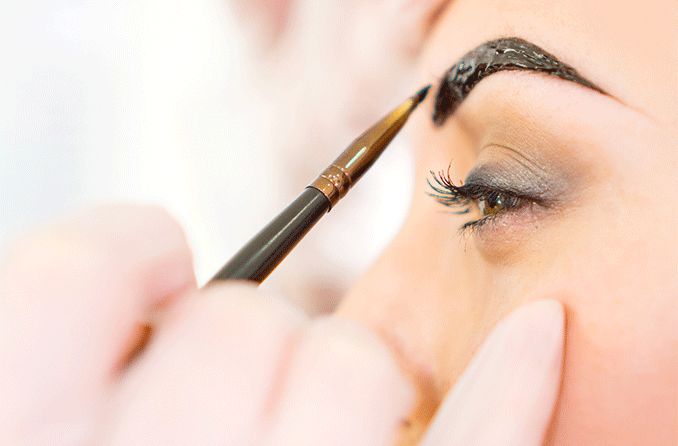
Eyebrow tinting is a cosmetic process that uses semi-permanent dye to enhance the shape, thickness and definition of the eyebrows.

Find out why both mild and strong glues can be dangerous if they get in your eyes. But the effects are usually not permanent.

Eye serum can be used to help reduce the appearance of wrinkles, eye bags and other aging — but it should be used with caution.

At-home eyelash extensions can be convenient and inexpensive, but they can pose a threat to your eye health. Learn about the dangers of DIY lash extensions.
All About Vision and AllAboutVision.com are registered trademarks of AAV Media, LLC. © 2000-2025 AAV Media, LLC. The content on this site is for informational purposes only. All About Vision does not provide medical advice, diagnosis or treatment. Contact an eye doctor if you need medical attention.